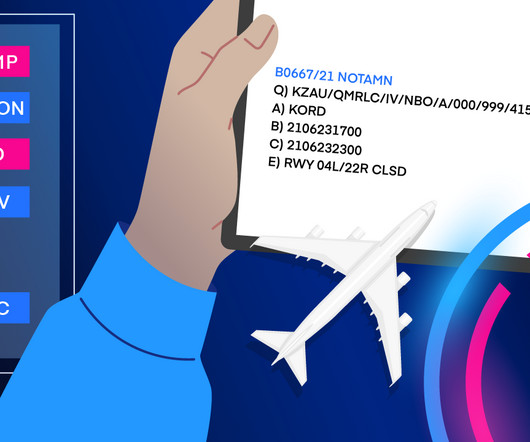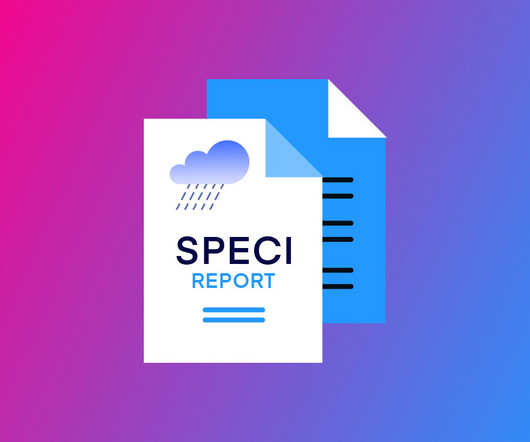What Are NOTAMs? Notices to Air Missions Explained
Pilot Institute
MAY 25, 2024
Key Takeaways NOTAMs update pilots about changes in airspace, airports, and equipment that affect aircraft operations. NOTAMs alert pilots to issues that impact flight operations. A Real-Life Example Pilots who do not review NOTAMS before flight put themselves (and others) in danger. This tells pilots where the NOTAM applies.











Let's personalize your content